Home>Garden Essentials>Garden Plants>Where To Get Thyme
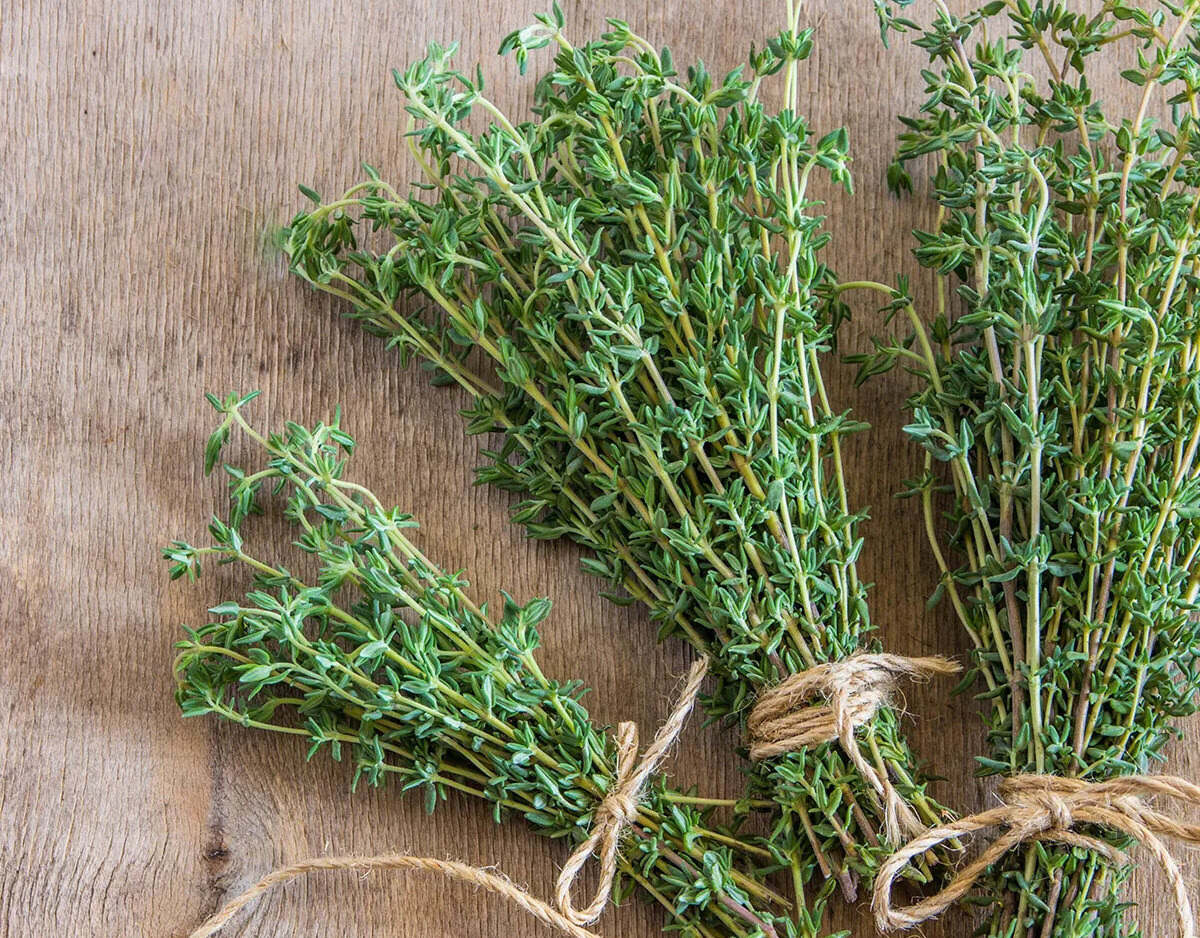

Garden Plants
Where To Get Thyme
Modified: March 19, 2024
Looking to buy thyme plants? Discover the best places to get thyme and enhance your garden with this versatile herb.
(Many of the links in this article redirect to a specific reviewed product. Your purchase of these products through affiliate links helps to generate commission for Storables.com, at no extra cost. Learn more)
Introduction
Thyme is a versatile and aromatic herb that has been used for centuries for its culinary and medicinal properties. With its distinctive fragrance and flavor, thyme adds a touch of sophistication to a wide range of dishes, from soups and stews to roasted meats and vegetables. But thyme is not just limited to the kitchen – it also offers an array of health benefits and is a popular ingredient in natural remedies and skincare products.
Thyme is a member of the mint family and is native to the Mediterranean region. This herb is known for its small, narrow leaves and tiny flowers that bloom in shades of white, pink, or purple. Its name is derived from the Greek word “thumus,” which means courage, reflecting its historical use as a symbol of strength and bravery.
Throughout history, thyme has been prized for its medicinal properties. In ancient Egypt, thyme was used for embalming, while the ancient Greeks would bathe in thyme-infused water to purify themselves. The Romans believed thyme had powers to ward off evil spirits and used it as an ingredient in their baths and massages.
Beyond its rich history, thyme offers an impressive range of health benefits. It is packed with vitamins, minerals, and antioxidants that support overall well-being. Thyme is known for its antiseptic, antimicrobial, and antifungal properties, making it an excellent natural remedy for various ailments.
In addition to its health benefits, thyme is also easy to grow, making it a popular herb among gardeners and home cooks. Whether you have a spacious backyard or a small balcony, you can cultivate thyme in pots or in your garden. Its low maintenance nature and ability to thrive in various climates make it an ideal choice for both novice and experienced gardeners.
In this article, we will explore the different types of thyme, how to grow and harvest it, its culinary uses, and its medicinal properties. We will also discuss where to find and buy thyme, whether it’s for cooking or incorporating into your skincare routine. So, let’s dive into the wonderful world of thyme and discover all that this amazing herb has to offer!
Key Takeaways:
- Thyme offers a wealth of culinary, medicinal, and skincare benefits, making it a versatile and valuable herb to incorporate into daily life. Whether used in cooking, natural remedies, or beauty routines, thyme has something to offer everyone.
- From its rich history and diverse culinary uses to its natural habitat in the wild, thyme provides a multi-sensory experience that can elevate dishes, promote wellness, and deepen our connection with nature. Embrace the wonders of thyme and explore its many applications!
Read more: Where To Buy Lemon Thyme
Benefits of Thyme
Thyme is not only a flavorful herb but also a powerhouse of health benefits. Its nutrient-rich profile and unique compounds provide a range of advantages for both the body and mind. Here are some of the key benefits of incorporating thyme into your diet and lifestyle:
- Antioxidant properties: Thyme contains high levels of antioxidants, including vitamin C and vitamin A, which help protect cells from damage caused by free radicals. These antioxidants play a crucial role in boosting the immune system and reducing the risk of chronic diseases.
- Anti-inflammatory effects: Thyme is rich in essential oils, such as thymol and carvacrol, which possess anti-inflammatory properties. These compounds help reduce inflammation in the body, potentially alleviating symptoms of arthritis, respiratory issues, and inflammatory conditions.
- Supports respiratory health: Thyme has been traditionally used to support respiratory health. Its antibacterial and antiviral properties make it effective in relieving coughs, congestion, and bronchitis. Thyme tea, in particular, is known for its soothing effects on the respiratory system.
- Boosts digestion: Thyme stimulates the production of digestive enzymes, aiding in proper digestion. It can ease indigestion, bloating, and flatulence. Thyme oil has also been found to have antimicrobial properties against harmful bacteria that can cause stomach problems.
- Improves mood and mental well-being: The aroma of thyme has a calming effect on the mind and can help reduce stress and anxiety. In aromatherapy, thyme essential oil is often used for relaxation and promoting a sense of well-being.
- Protects against microbial infections: Thyme possesses powerful antimicrobial properties that help fight against a range of bacteria and fungi. It can be used topically to disinfect wounds, prevent infections, and promote faster healing.
- Supports heart health: Thyme contains compounds that have been associated with lowering blood pressure and cholesterol levels, thus promoting cardiovascular health. Its antioxidant properties also help prevent oxidative stress and reduce the risk of heart disease.
These are just a few of the many benefits that thyme offers. Incorporating this herb into your daily routine can provide a natural and delicious way to boost your overall well-being. Whether you sprinkle fresh thyme leaves on your favorite dishes or infuse thyme oil into your skincare routine, this versatile herb has something to offer everyone.
Types of Thyme
Thyme comes in a variety of cultivars, each with its own unique characteristics and flavors. While all thyme plants belong to the same genus, Thymus, the different varieties offer a range of aromas and growth habits. Here are some popular types of thyme:
- Common Thyme (Thymus vulgaris): Common Thyme is the most widely recognized variety and is the one typically used in cooking. It has a robust flavor with hints of citrus, making it a versatile herb for savory dishes like roasted meats, poultry, and vegetables.
- Lemon Thyme (Thymus citriodorus): Lemon Thyme has a citrusy fragrance and a mild lemon flavor. It pairs well with fish, poultry, and summer salads. Lemon Thyme also adds a refreshing twist to marinades and infused oils.
- Variegated Lemon Thyme (Thymus x citriodorus ‘Argenteus’): This variety of Lemon Thyme has variegated leaves with a silver edge, adding visual interest to your herb garden. It shares the same citrusy flavor as Lemon Thyme and can be used in the same culinary applications.
- Caraway Thyme (Thymus herba-barona): Caraway Thyme has a unique flavor reminiscent of caraway seeds and is often used in savory dishes and bread recipes. It pairs well with roasted potatoes, stews, and hearty soups.
- Creeping Thyme (Thymus serpyllum): Creeping Thyme is a low-growing variety that spreads quickly and forms a dense mat of foliage. It is often used as ground cover in gardens and can be planted in between stepping stones or in rock gardens. It has a pleasant fragrance and can be used in cooking, though its smaller leaves make it more challenging to harvest.
- Woolly Thyme (Thymus pseudolanuginosus): Woolly Thyme is known for its fuzzy silver-gray leaves. It is primarily used as a decorative ground cover plant and is ideal for creating texture in rock gardens or as a border plant.
These are just a few examples of the many types of thyme available. Each variety brings its own unique characteristics to the table, allowing you to experiment with different flavors and aromas in your culinary adventures or enhance the visual appeal of your garden. When choosing a thyme variety, consider your preferred flavor profile, growth habit, and the intended use of the herb.
Now that we’ve explored the various types of thyme, let’s delve into the next aspect of thyme cultivation – how to grow it successfully.
Growing Thyme
Thyme is a relatively low-maintenance herb that can thrive in various growing conditions. Whether you have a garden bed, a container, or even just a small balcony, you can successfully grow thyme. Here are some key tips for growing thyme:
- Choose the right location: Thyme prefers full sun, so select a location that receives at least six to eight hours of sunlight per day. It can tolerate some shade, but too much shade can hinder its growth and flavor.
- Prep the soil: Thyme prefers well-draining soil, so make sure to amend heavy clay or compacted soil with organic matter like compost or sand to improve drainage. Thyme can adapt to a wide range of soil types, including sandy or rocky soil.
- Start from seeds or seedlings: Thyme can be grown from seeds, but it’s more common to start with seedlings for faster results. You can find thyme seedlings at local nurseries or start your own by sowing the seeds indoors about 6 to 8 weeks before the last frost date in your area.
- Planting: Dig a hole that is slightly larger than the root ball of your thyme seedling. Space multiple plants about 6 to 12 inches apart to allow for proper airflow. Gently place the seedling in the hole and cover the roots with soil, firming it gently around the base of the plant.
- Watering: Thyme has moderate water needs and is drought-tolerant once established. Water the plants deeply but infrequently, allowing the soil to dry out slightly between waterings. Overwatering can lead to root rot, so avoid excessive moisture.
- Pruning: Regular pruning helps keep thyme plants compact and encourages healthy growth. After the plant has established, trim the stems back by about one-third in early spring or after the flowering period. This will help promote new growth and prevent woody and leggy stems.
- Harvesting: Thyme leaves can be harvested once the plant reaches about 6 inches in height. Simply snip off the desired amount of stems and leaves using clean garden shears or scissors. Regular harvesting encourages new growth and ensures a steady supply of fresh thyme for your culinary needs.
- Winter care: Thyme is a perennial herb and can survive winter in most climates. However, in colder regions, it may benefit from a layer of mulch to protect the roots from freezing temperatures. In containers, you can bring thyme inside during winter or place it in a sheltered area to protect it from frost.
By following these guidelines, you can successfully grow and maintain thyme plants. Whether you have a dedicated herb garden or a small balcony, thyme’s versatility and resilience make it a perfect addition to any home garden. Next, let’s explore how to harvest thyme and make the most of its aromatic leaves.
Harvesting Thyme
Harvesting thyme is a simple process that allows you to enjoy the fresh, aromatic leaves of this herb in your culinary creations. Follow these steps to harvest thyme properly:
- Timing: Thyme can be harvested throughout the growing season, but it’s best to wait until the plant reaches about 6 inches tall. This ensures that the plant has enough foliage to sustain its growth.
- Choose the right time of day: Harvest thyme in the morning after the dew has dried but before the sun is at its peak. This is when the essential oils in the leaves are at their highest concentration, resulting in the best flavor and aroma.
- Snip the stems: Using a pair of clean garden shears or scissors, snip the stems just above a set of leaves or where the stem meets the main plant. Avoid cutting too close to the base of the plant, as this can slow down the plant’s growth.
- Harvesting methods: There are two main methods for harvesting thyme:
- Individual Leaf Harvesting: This method involves plucking individual leaves from the stems. Simply hold the stem with one hand and use your other hand to pinch off the leaves, working your way down the stem.
- Bundle Harvesting: This method involves cutting the entire stem and using the leaves and stems together. Bundle a few stems together and tie them with kitchen twine or a rubber band. Hang the bundle upside down in a cool, well-ventilated area to dry. Once dry, you can easily remove the leaves from the stems by rubbing the stems between your fingers.
- Storage options: Fresh thyme can be used immediately in your recipes. If you have more than you need, you can store the fresh leaves by placing them in a plastic bag with a damp paper towel and keeping it in the refrigerator for up to one week. To extend the life of the harvested thyme, you can also dry it for longer-term storage.
- Drying thyme: To dry thyme, gently tie a bunch of stems together and hang them upside down in a well-ventilated area away from direct sunlight. Alternatively, you can spread the stems out on a drying rack or a baking sheet lined with parchment paper. Allow the thyme to air dry for about 1-2 weeks until the leaves become crisp and brittle.
- Storing dried thyme: Once the thyme is completely dry, remove the leaves from the stems and store them in an airtight container, such as a glass jar or a spice jar. Keep the container in a cool, dark place away from moisture and sunlight. Properly stored dried thyme can retain its flavor and aroma for up to a year.
By following these harvesting techniques, you can ensure that your thyme harvest is bountiful and ready to be used in your culinary creations. So, let’s explore the various ways you can incorporate thyme into your cooking.
Read more: Where To Find Thyme In Grocery Store
Culinary Uses of Thyme
Thyme is a versatile herb that adds depth and flavor to a wide variety of dishes. Its aromatic and slightly pungent taste pairs well with savory ingredients and complements both meat and vegetable-based recipes. Here are some popular culinary uses of thyme:
- Soups and stews: Thyme adds a warm and earthy flavor to soups and stews. It blends well with hearty ingredients like potatoes, carrots, and beans. Add a few sprigs of fresh thyme to simmering soups or stews for extra depth of flavor, and remove them before serving.
- Roasted meats and poultry: Thyme is a classic choice for seasoning roasted meats and poultry. Whether you’re roasting a chicken, beef, pork, or lamb, sprinkle fresh thyme leaves or whole sprigs over the meat before cooking. The aromatic properties of thyme infuse the meat, enhancing its flavor.
- Grilled vegetables: Thyme can elevate the flavor of grilled vegetables. Toss vegetables like zucchini, eggplant, peppers, or mushrooms with olive oil, salt, and fresh thyme leaves before grilling. The herbs impart a delicious aroma and enhance the natural flavors of the vegetables.
- Sauces and marinades: Thyme is a fantastic addition to sauces and marinades, providing a complex and aromatic flavor. It pairs well with tomato-based sauces, creamy gravies, and vinaigrette dressings. Add a few teaspoons of chopped fresh thyme, or use dried thyme, to infuse your sauces and marinades with its distinctive taste.
- Breads and pastries: Thyme can be used to add a unique twist to baked goods. Incorporate chopped fresh thyme into bread dough or sprinkle it on top of focaccia and savory tarts. Thyme-infused butter can also be used to spread on crusty bread for an extra layer of flavor.
- Cheese and dips: Thyme pairs well with various types of cheese, whether it’s mild or sharp. Add fresh thyme leaves to homemade dips like hummus or tzatziki for added freshness and aroma.
- Herb-infused oils and vinegars: Thyme-infused oils and vinegars can be used to add depth to dressings, marinades, and sauces. Simply steep fresh thyme sprigs in quality olive oil or vinegar and let the flavors infuse for a few weeks. Strain before using and store in a sealed bottle.
Thyme is a versatile herb that lends itself well to a wide range of recipes. Whether you’re cooking a hearty stew, roasting meats, grilling vegetables, or adding flavor to sauces and dressings, thyme brings its unique aroma and flavor to the table. Experiment with different combinations and discover how thyme can transform your culinary creations.
Now that we’ve explored the culinary uses of thyme, let’s discover how this herb has been utilized for its medicinal properties for centuries.
You can get fresh thyme at your local grocery store, farmer’s market, or specialty food stores. Dried thyme can be found in the spice aisle of most supermarkets.
Medicinal Uses of Thyme
Thyme has been used for centuries as a traditional remedy for various ailments. Its potent medicinal properties and high concentration of beneficial compounds make it a popular herb in natural and alternative medicine. Here are some of the medicinal uses of thyme:
- Respiratory health: Thyme has long been recognized for its positive effects on the respiratory system. Its antiseptic and expectorant properties help soothe coughs, bronchitis, and congestion. Thyme tea or steam inhalation with thyme-infused water can help relieve respiratory symptoms.
- Antimicrobial properties: Thyme contains essential oils, such as thymol and carvacrol, which have strong antimicrobial properties. These compounds help fight against a range of bacteria and fungi, making thyme an effective natural remedy for various infections.
- Digestive aid: Thyme has carminative properties, which means it can help alleviate digestive issues like bloating, cramps, and indigestion. It stimulates the production of digestive enzymes, allowing for better absorption of nutrients and smoother digestion.
- Immune system booster: Thyme is rich in antioxidants, particularly vitamin C, which helps strengthen the immune system and protect against free radicals. Regular consumption of thyme or thyme-infused teas can support overall immune health.
- Anti-inflammatory effects: The compounds found in thyme contribute to its anti-inflammatory properties. This makes it beneficial for reducing inflammation in the body and alleviating symptoms associated with inflammatory conditions like arthritis and muscle pain.
- Antioxidant activity: Thyme is packed with antioxidants that help neutralize harmful free radicals in the body. Antioxidants protect cells from oxidative stress and damage, thereby reducing the risk of chronic diseases like heart disease, cancer, and age-related macular degeneration.
- Antiseptic and wound healing: Thyme’s antiseptic properties make it effective in preventing infection in wounds, cuts, and scrapes. Applying a thyme-infused salve or solution to the affected area can help promote healing and prevent bacterial growth.
- Calming and stress relief: The aroma of thyme has a calming effect on the mind and can help reduce stress and anxiety. Thyme essential oil is often used in aromatherapy to promote relaxation and mental well-being.
While thyme has numerous medicinal benefits, it is important to consult with a healthcare professional before using it as a treatment for any specific medical condition. Thyme can be consumed in the form of tea, incorporated into meals, or used externally in oils or salves for topical applications. Always follow recommended dosages and guidelines when using thyme for its medicinal properties.
Now that we’ve explored the medicinal uses of thyme, let’s delve into its role as a natural remedy for various health issues.
Thyme as a Natural Remedy
Thyme has been valued as a natural remedy for centuries, thanks to its potent medicinal properties and therapeutic benefits. Its versatility and effectiveness make it a popular choice for those seeking natural alternatives to conventional treatments. Here are some of the ways thyme can be used as a natural remedy:
- Cough and cold relief: Thyme is known for its expectorant properties, which help loosen mucus and phlegm in the respiratory tract. Drinking thyme tea or using thyme-infused steam inhalation can alleviate coughs, congestion, and sore throat symptoms commonly associated with colds and respiratory infections.
- Immune support: Thyme is rich in antioxidants that help strengthen the immune system. Regular consumption of thyme or using it in homemade immune-boosting remedies can support overall immune health and help defend against common illnesses.
- Digestive aid: Thyme has carminative properties that can help soothe digestive issues such as indigestion, bloating, and gas. Brewing a cup of thyme tea or adding fresh thyme to meals can promote healthy digestion and relieve discomfort.
- Antibacterial and antifungal properties: Thyme contains compounds like thymol and carvacrol, which have powerful antimicrobial properties. These properties make thyme effective in combating bacterial and fungal infections. Applying diluted thyme oil topically or using thyme-infused washes can help prevent and treat skin infections and minor wounds.
- Anti-inflammatory effects: The anti-inflammatory properties of thyme can provide relief for conditions such as arthritis, muscle pain, and inflammation in the respiratory system. Incorporating thyme into your diet or using thyme-infused oils in massage can help reduce inflammation and ease discomfort.
- Antioxidant activity: Thyme is rich in antioxidants that help protect cells from free radical damage and oxidative stress. Regular consumption of thyme or using thyme-infused products can help prevent chronic diseases and slow down the aging process.
- Skin health: Thyme’s antimicrobial properties make it beneficial for maintaining healthy skin. Applying thyme-infused oils or using thyme in skincare routines can help prevent acne, soothe inflammation, and promote clear and glowing skin.
- Relaxation and stress relief: The aroma of thyme has calming and stress-relieving effects on the mind and body. Using thyme essential oil in aromatherapy or incorporating thyme into relaxation rituals can promote emotional well-being and alleviate anxiety and tension.
It’s important to note that while thyme can provide natural relief for various health concerns, it should not replace professional medical advice or prescribed treatments. Always consult with a healthcare professional before using thyme or any herbs as a remedy, especially if you have underlying health conditions or are on medication.
Thyme offers a natural and holistic approach to wellness, and its medicinal properties make it a valuable addition to your home remedies toolbox. Now, let’s explore how thyme can be incorporated into beauty and skincare routines.
Thyme in Beauty and Skincare
Thyme isn’t just a versatile culinary herb and medicinal remedy – it also offers a range of benefits for beauty and skincare. The potent antioxidants and antimicrobial properties of thyme make it a popular ingredient in natural skincare products. Here’s how thyme can be incorporated into your beauty and skincare routine:
- Acne treatment: Thyme has antibacterial properties that can help combat acne-causing bacteria. It can reduce inflammation and redness associated with acne and promote a clearer complexion. Look for skincare products containing thyme extract or make your own homemade toner by infusing thyme in witch hazel or rose water.
- Astringent properties: Thyme has natural astringent properties, which can help tighten and tone the skin. Using a thyme-infused toner or incorporating thyme into facial steam treatments can help minimize the appearance of pores and give the skin a more even texture.
- Antioxidant protection: Thyme is rich in antioxidants that help protect the skin from free radical damage caused by environmental stressors. This can help slow down the signs of aging, such as fine lines, wrinkles, and age spots. Look for skincare products containing thyme essential oil or use thyme-infused oils as part of your daily skincare routine.
- Exfoliation and cleansing: Thyme can be used as a gentle exfoliant to remove dead skin cells and impurities. You can make a homemade scrub by combining finely ground dried thyme with honey or a carrier oil like jojoba oil. Gently massage the mixture onto your face, then rinse off for smooth and refreshed skin.
- Scalp and hair health: Thyme can benefit the scalp and hair by promoting a healthy scalp environment and preventing dandruff. It can stimulate blood circulation in the scalp and help strengthen the hair follicles. Look for thyme-infused hair care products or create your own herbal hair rinse by infusing thyme in water and using it as a final rinse after shampooing.
- Deodorizing properties: Thyme has natural deodorizing properties that can help neutralize unpleasant odors. It can be used in natural deodorant formulations or added to foot soaks to combat foot odor. The antimicrobial properties of thyme also help control bacterial growth that can contribute to body odor.
When using thyme for beauty and skincare purposes, it’s important to perform a patch test first to check for any potential skin sensitivities or allergies. Also, opt for high-quality organic thyme products or make your own using dried thyme from a trusted source.
Thyme is not only a beneficial herb in the kitchen and medicine cabinet but also a valuable ingredient for enhancing your beauty and skincare routine. Incorporating thyme into your daily regimen can help promote healthy, radiant skin and hair naturally.
Now that we’ve explored the beauty and skincare uses of thyme, let’s find out where you can purchase this aromatic herb.
Read more: Where Does Thyme Originate From
Where to Buy Thyme
If you want to incorporate thyme into your culinary creations, medicinal remedies, or skincare routine, there are several places where you can purchase this versatile herb. Here are some options for buying thyme:
- Grocery stores: Many grocery stores carry fresh thyme in the produce section, usually near other fresh herbs. You can find it packaged in small bunches or in clamshell containers. Look for vibrant, aromatic sprigs of thyme with no signs of wilting or discoloration.
- Farmers’ markets: Local farmers’ markets are excellent sources for fresh, locally grown thyme. Buying from farmers’ markets not only supports local producers but also ensures that you’re getting fresh and high-quality herbs. Chatting with the farmers can also provide insights into the growing practices and flavors of different thyme varieties.
- Plant nurseries and garden centers: If you prefer to grow your own thyme, you can find thyme seedlings or starter plants at plant nurseries and garden centers. This option allows you to select the specific thyme variety you want and gives you the satisfaction of watching your thyme plant grow and flourish.
- Online retailers: Numerous online retailers offer a wide variety of thyme products. You can find fresh thyme, dried thyme, thyme seeds, thyme essential oil, and thyme-infused products like teas, oils, and skincare items. When purchasing online, read product reviews, check the seller’s reputation, and ensure that the thyme is sourced from reliable and reputable suppliers.
- Herb farms and herb suppliers: Specialty herb farms and herb suppliers often have a selection of thyme available for purchase. They may offer different thyme varieties, including less common or specialty cultivars. These sources focus specifically on herbs, so you can trust the quality and freshness of their products.
- Grow your own: If you enjoy gardening, consider growing your own thyme. You can purchase thyme seeds or seedlings from local nurseries or online retailers. This option allows you to have access to fresh thyme whenever you need it while enjoying the satisfaction of nurturing and harvesting your own herbs.
When purchasing thyme, whether fresh or dried, ensure that it is of high quality and free from contaminants. Look for vibrant green leaves or sprigs with a strong aroma. If buying dried thyme, choose a reputable brand or supplier to ensure that it retains its flavor and potency.
With these various options for purchasing thyme, you can easily find the right source that suits your needs. Whether you prefer fresh or dried thyme, growing your own or buying from local producers, incorporating thyme into your life is just a step away.
Now that you know where to buy thyme, let’s explore where you can find this herb growing in the wild.
Where to Find Thyme in Nature
Thyme is a hardy herb that grows abundantly in various regions around the world, particularly in Mediterranean climates. If you enjoy exploring the outdoors and want to experience thyme in its natural habitat, here are some places where you can find thyme growing in nature:
- Wilderness areas and nature reserves: Thyme is known for its ability to thrive in rocky, well-drained areas. Look for thyme growing in the wild in wilderness areas, nature reserves, and rocky coastal regions. These areas often have the right conditions – full sun and well-drained soil – for thyme to flourish.
- Hiking trails and mountain ranges: Thyme can often be found along hiking trails and in mountainous regions. As you venture through nature, keep an eye out for thyme growing on rocky slopes, especially in sunny and exposed locations. Thyme’s low-growing and creeping varieties, like Creeping Thyme (Thymus serpyllum), are particularly common in these areas.
- Coastal areas and cliffs: Thyme is well-suited to coastal environments due to its ability to tolerate salty air and sandy or rocky soils. Look for thyme growing on cliffs, dunes, or rocky outcrops along the shoreline. Coastal thyme varieties often have a slightly saltier taste, adding a unique flavor dimension to dishes.
- Alpine meadows and high-altitude regions: In mountainous areas, thyme can be found in alpine meadows and high-altitude regions. Seek out these areas during the spring and summer months, when thyme typically blooms and fills the air with its delightful fragrance.
- Mediterranean scrubland and garrigue: Thyme is a characteristic herb of Mediterranean landscapes, where it thrives in the rugged and dry conditions. Look for thyme growing in scrublands, garrigue, or Mediterranean shrublands, often alongside other aromatic plants like rosemary, lavender, and sage.
- Dry, well-drained gardens: Thyme’s adaptability makes it suitable for gardens with well-drained soil and plenty of sunlight. If you’re unable to find thyme in the wild, consider cultivating it in your own garden. Choose a spot with full sun and well-drained soil, and your thyme plants will thrive.
When searching for thyme in nature, be mindful of local regulations and guidelines regarding foraging and collecting wild plants. Some areas may have protected plant species or restrictions on harvesting wild herbs. It’s always best to observe and appreciate thyme in its natural environment without causing harm to the ecosystem.
Exploring the natural habitats where thyme grows can deepen your connection with this remarkable herb. Whether you discover it during a hike in the mountains, a coastal adventure, or even in your own garden, encountering thyme in nature is a wonderful way to appreciate its beauty and botanical significance.
Now that we’ve explored where to find thyme in nature, it’s time to wrap up our journey through the world of thyme.
Conclusion
Thyme is an herb that delights the senses and offers an array of benefits for both culinary and medicinal purposes. With its unique aroma, robust flavor, and versatility, thyme has been cherished for centuries in kitchens, gardens, and natural remedy cabinets around the world.
We’ve explored the many facets of thyme, from its rich history and cultural significance to its diverse culinary uses. Thyme’s medicinal properties, including its antimicrobial, anti-inflammatory, and antioxidant effects, make it a valuable natural remedy for various health concerns. Whether you’re seeking respiratory support, digestive aid, immune boosting, or skincare benefits, thyme has something to offer.
Whether you choose to buy thyme from grocery stores, farmers’ markets, or online retailers, or prefer to grow your own, incorporating this versatile herb into your daily life is within reach. Its presence can elevate your dishes, enhance your natural remedies, and promote overall well-being.
Thyme can also be discovered in its natural habitat – growing in the wild in rocky landscapes, coastal areas, alpine meadows, and Mediterranean scrubland. Exploring these natural environments not only allows us to appreciate the beauty of thyme but also deepens our connection with nature.
So, whether you’re a home cook looking to enhance your recipes, a health enthusiast seeking natural remedies, or an adventurer seeking thyme in the wild, this aromatic herb has something to offer everyone.
Let thyme infuse your culinary creations, nourish your body and mind, and awaken your senses to the wonders of nature. Embrace the rich history and knowledge surrounding thyme, and discover the joy it brings to your life.
Now, armed with a better understanding of thyme and its many applications, go forth and embark on your own thyme-infused journey!
Frequently Asked Questions about Where To Get Thyme
Was this page helpful?
At Storables.com, we guarantee accurate and reliable information. Our content, validated by Expert Board Contributors, is crafted following stringent Editorial Policies. We're committed to providing you with well-researched, expert-backed insights for all your informational needs.
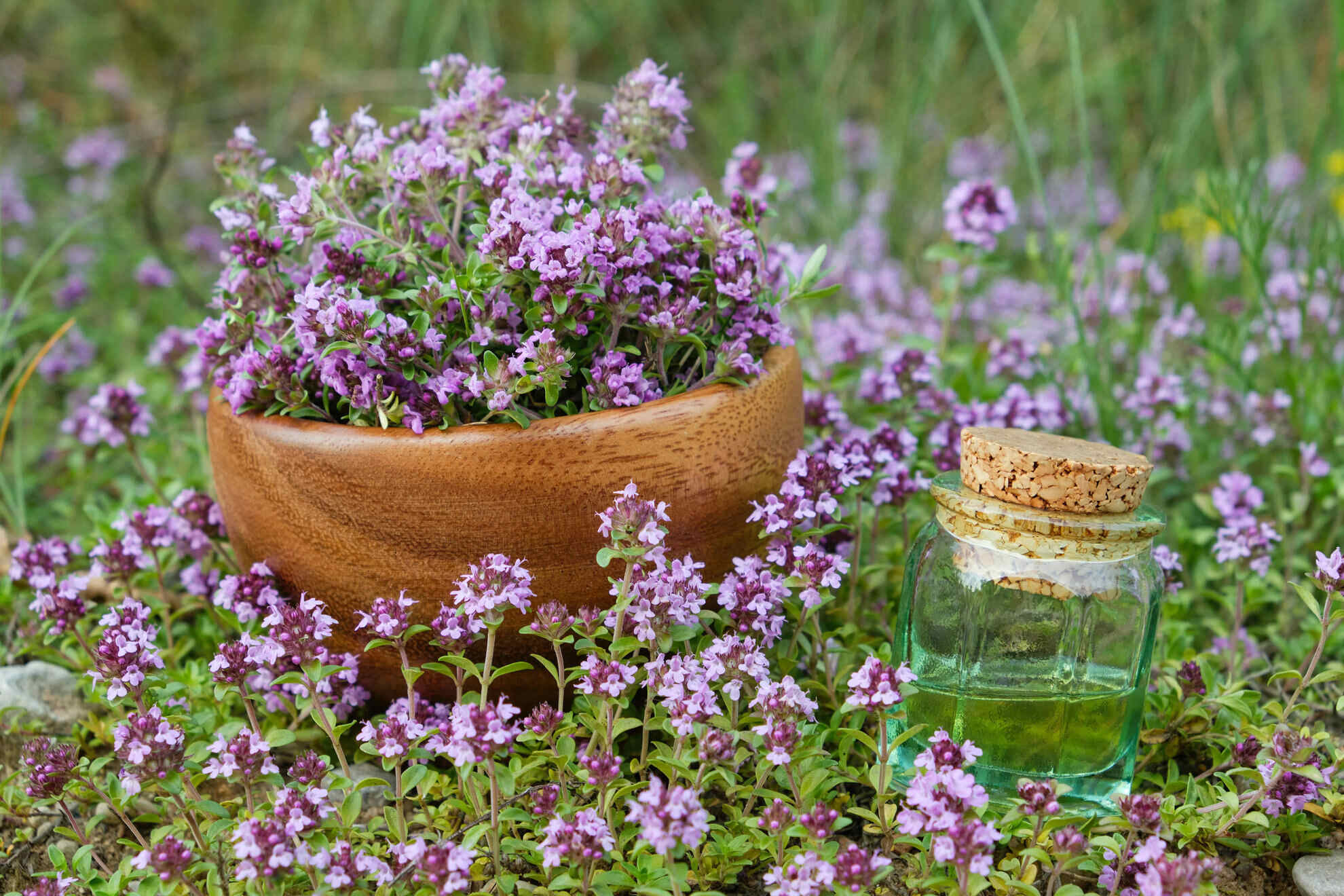
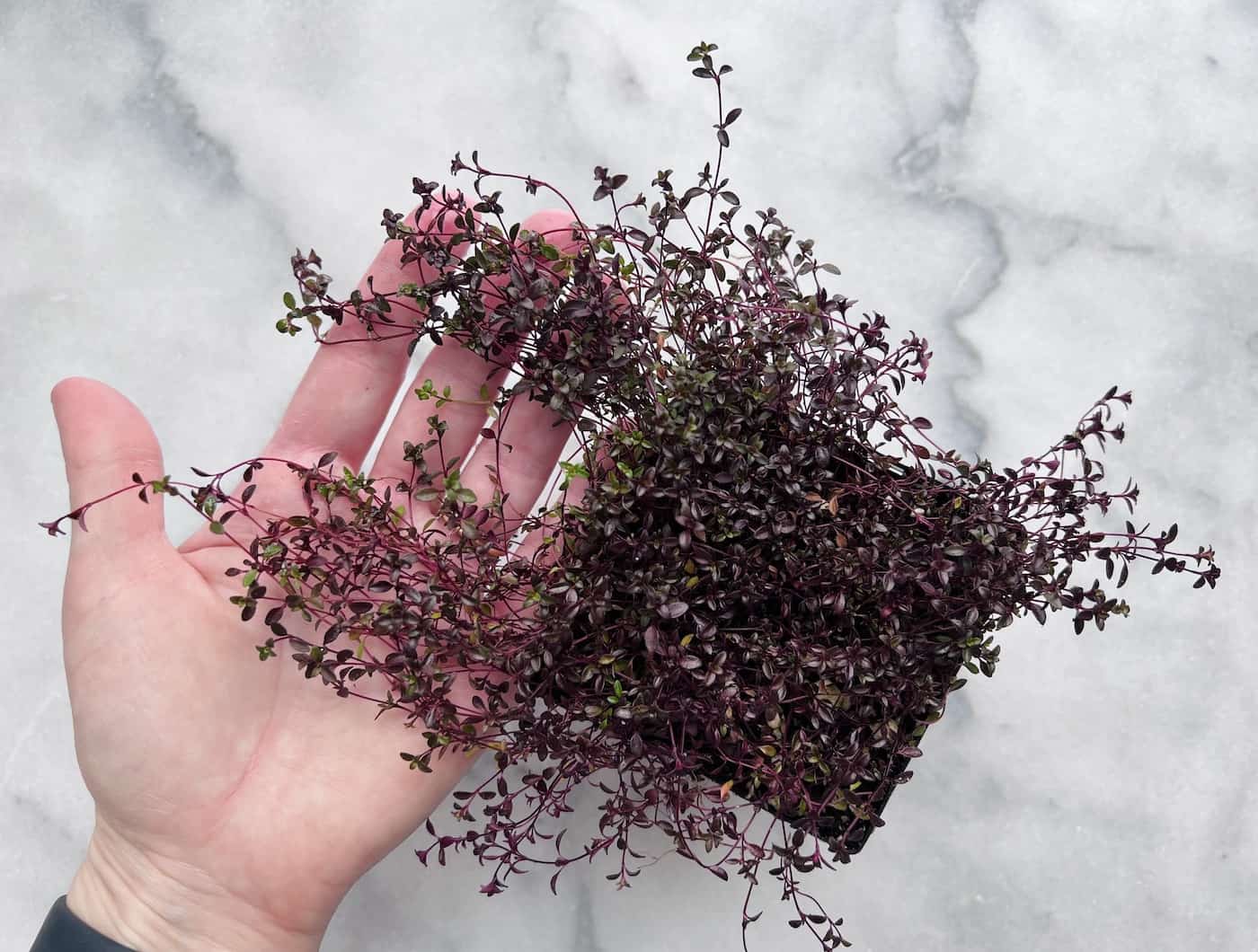
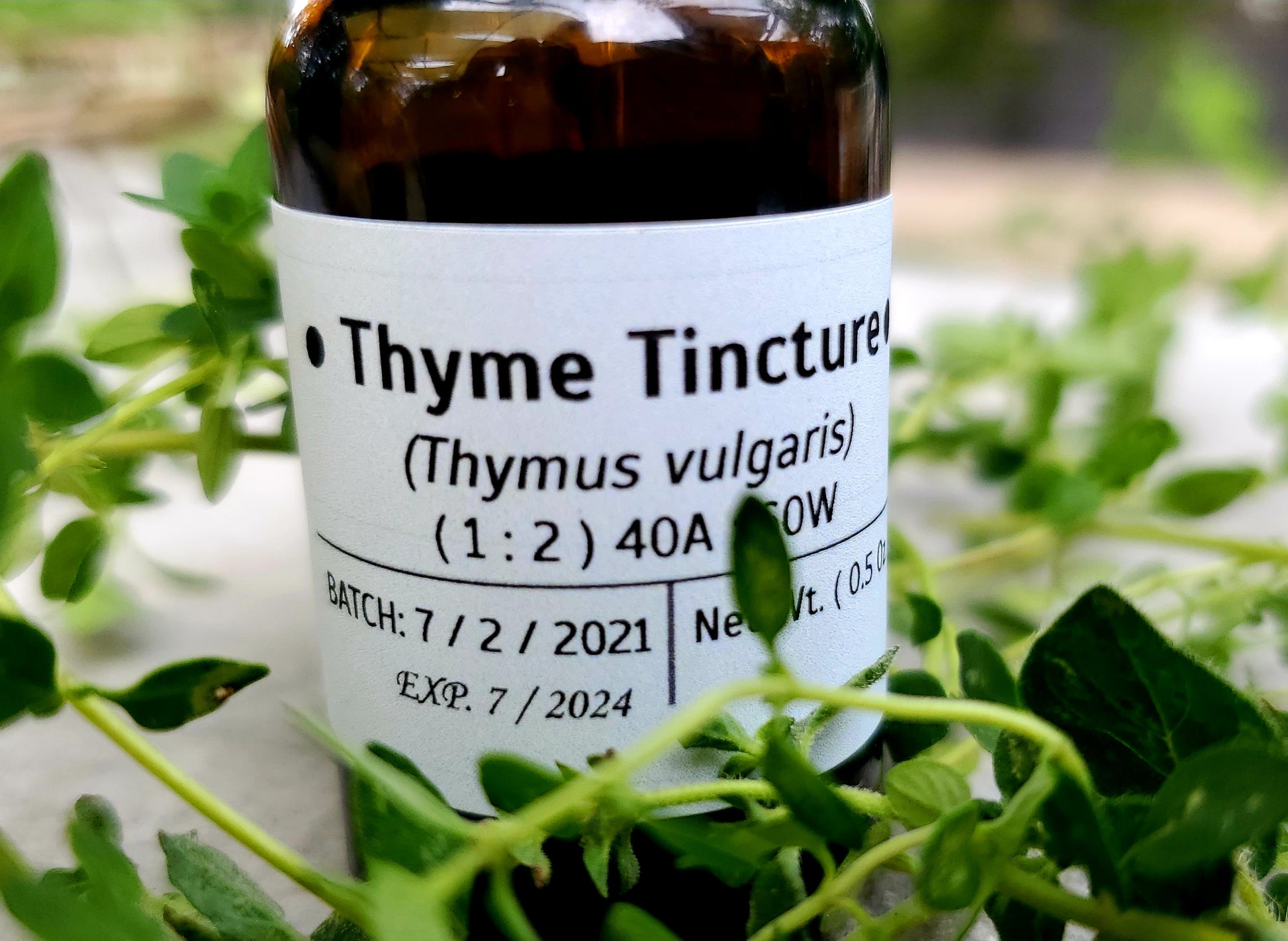
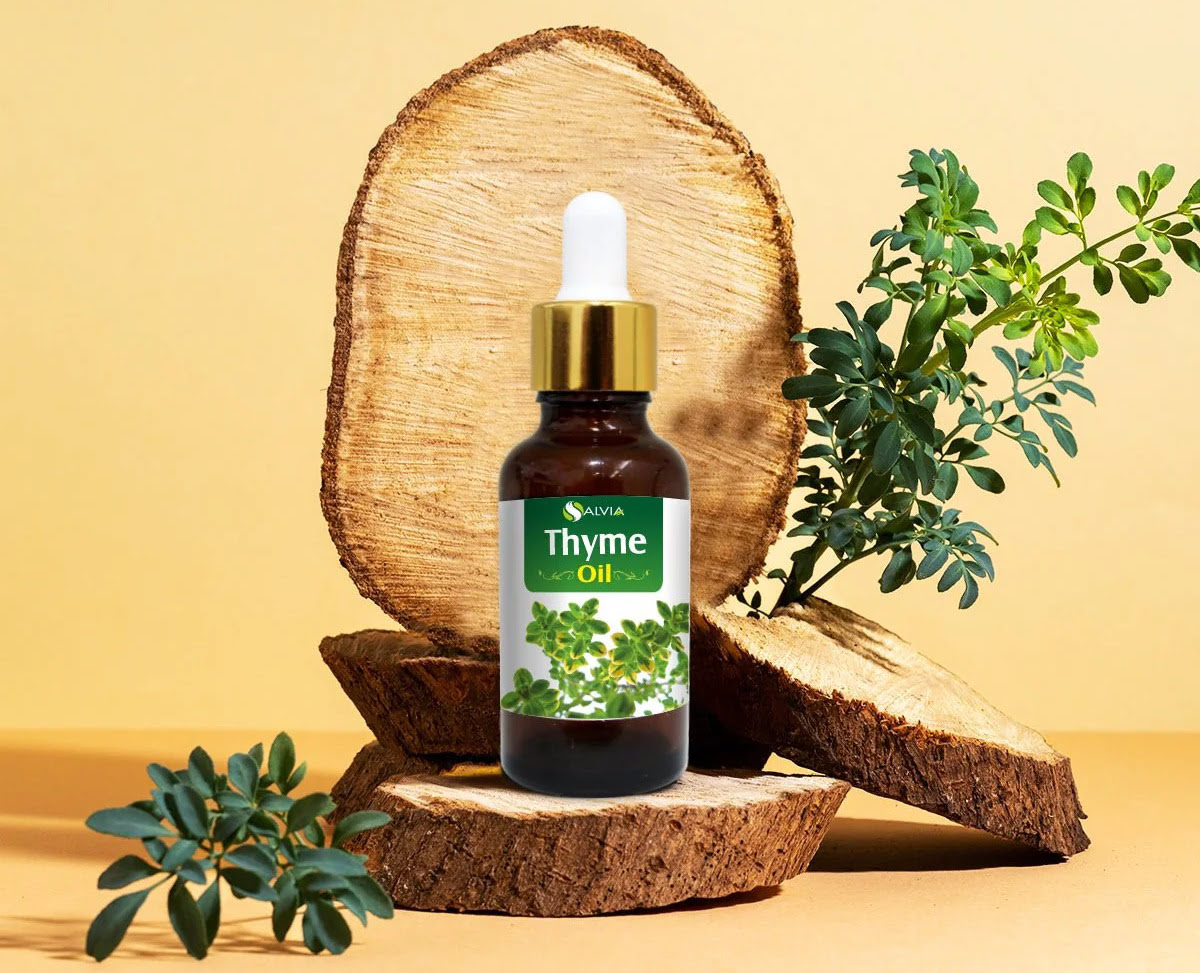
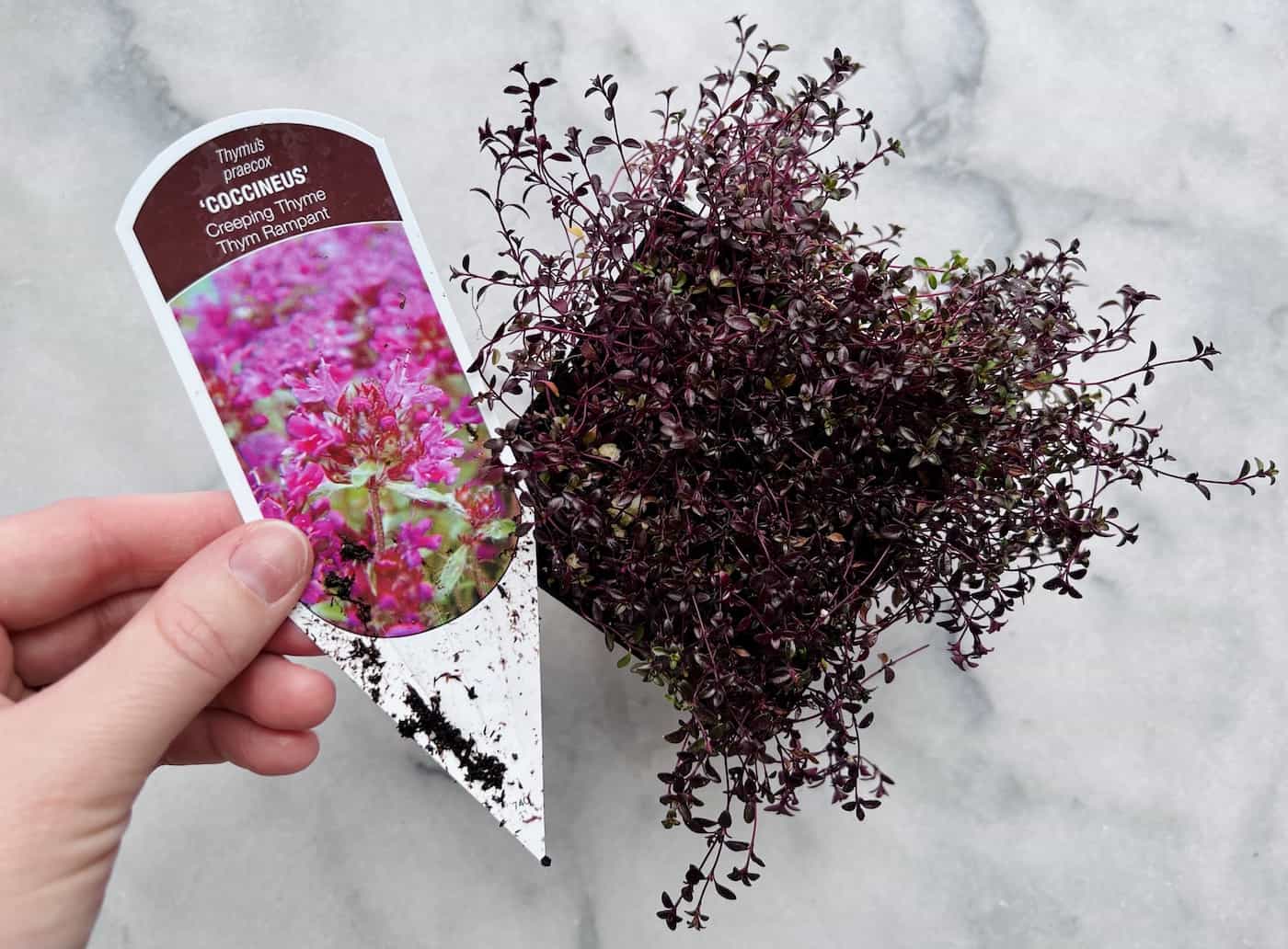
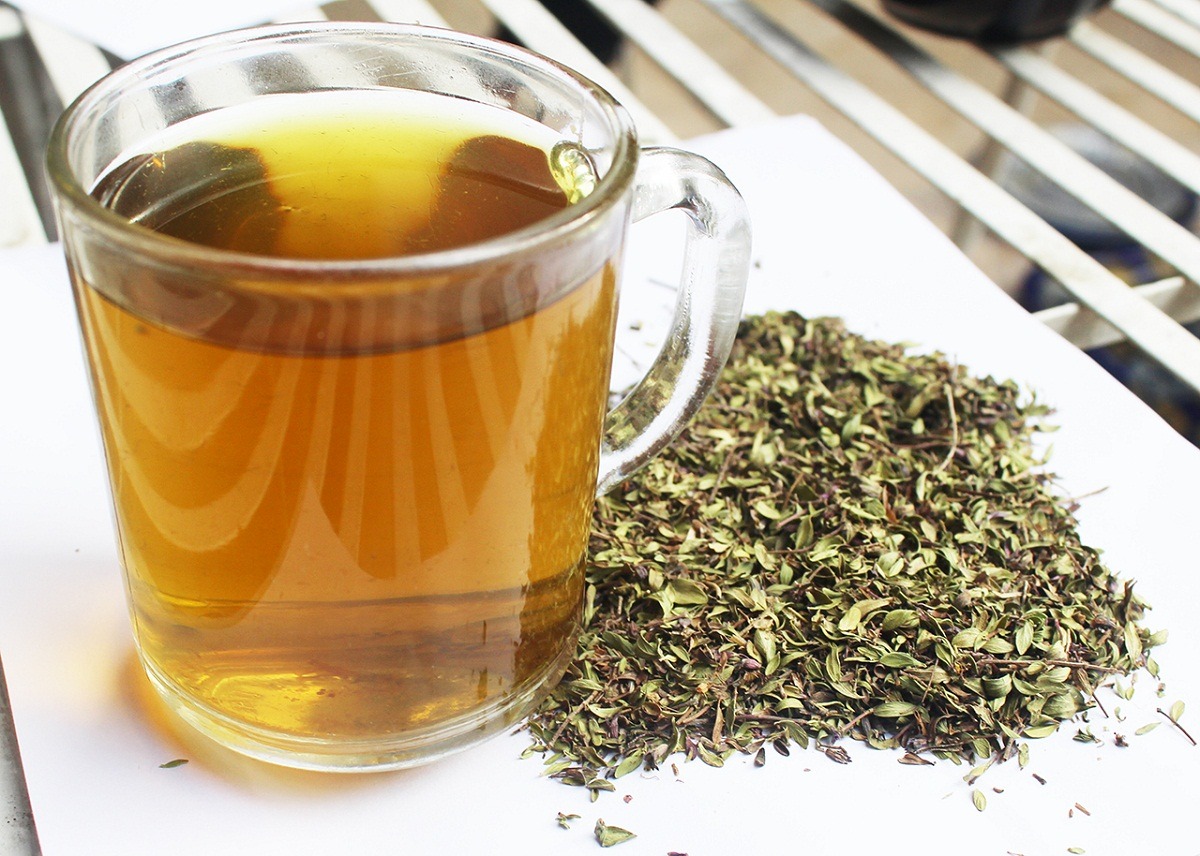

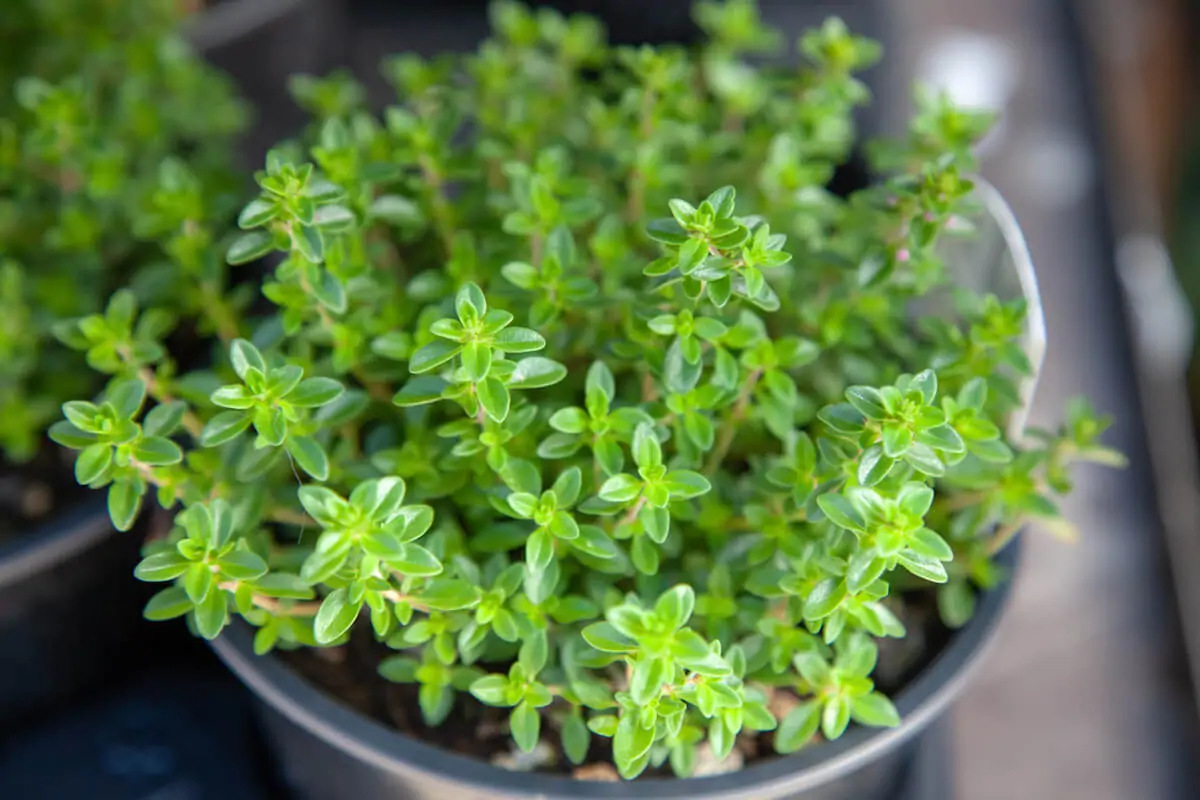

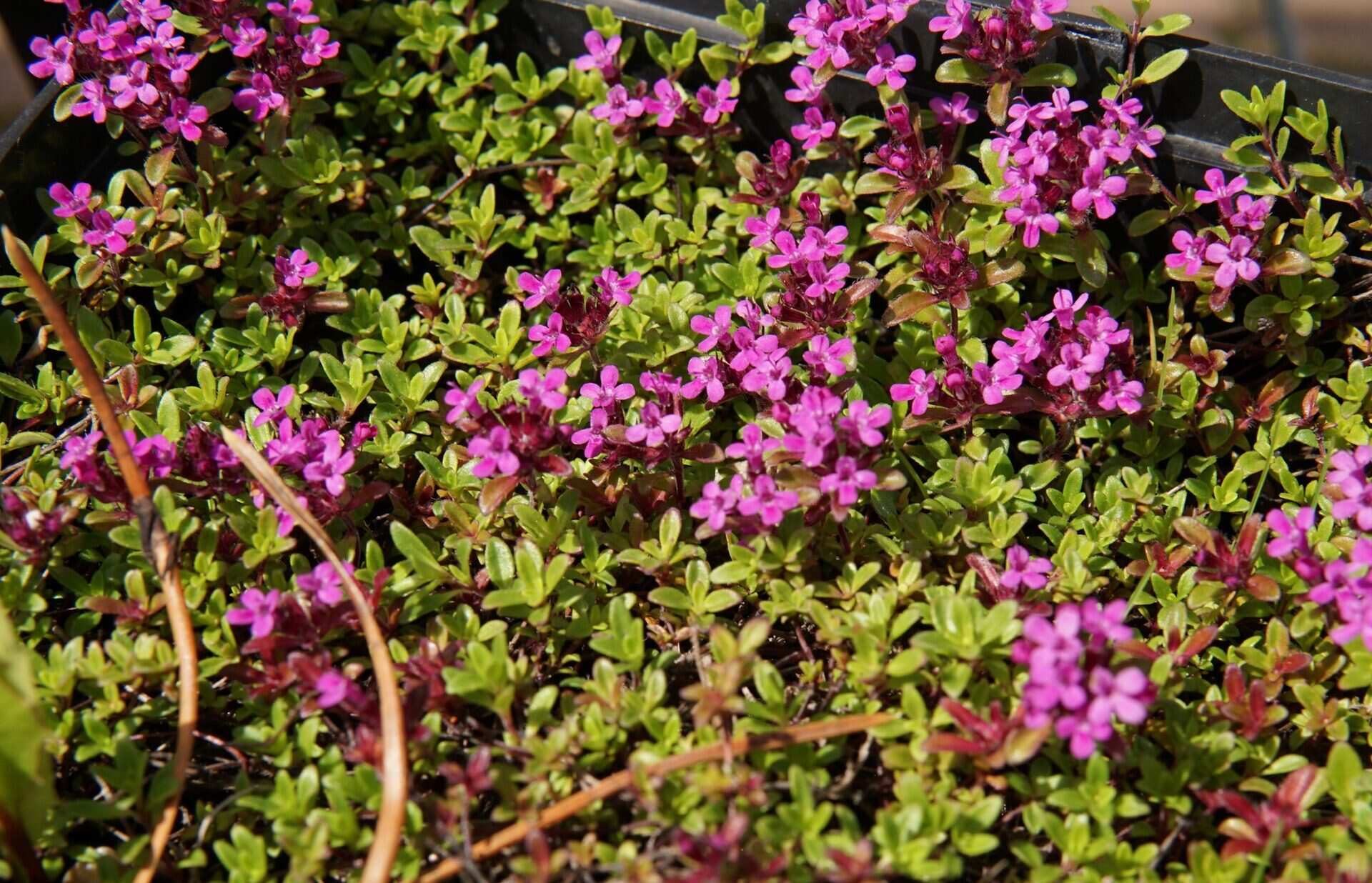
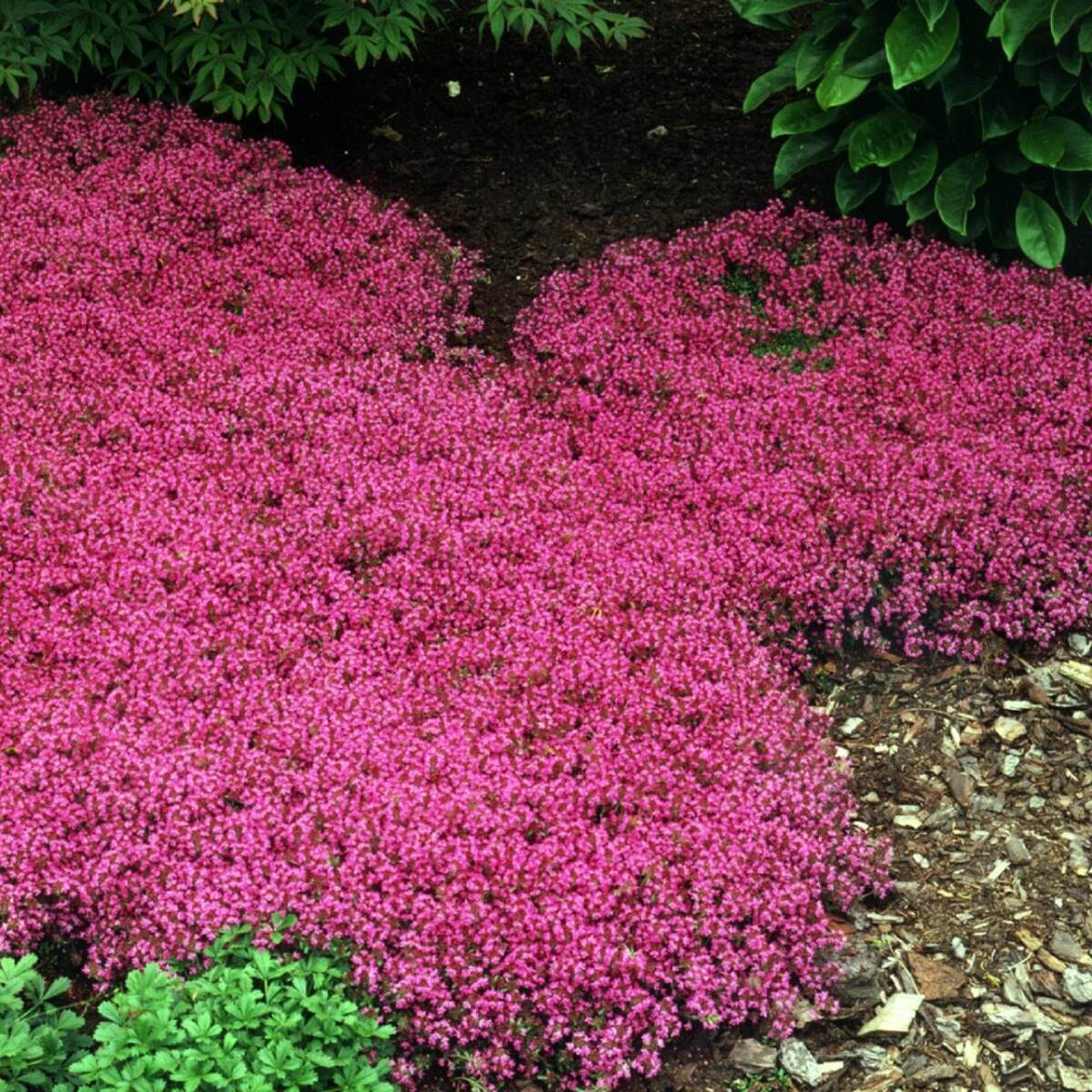



0 thoughts on “Where To Get Thyme”